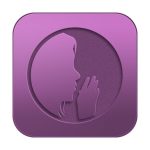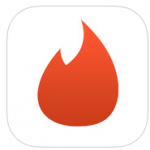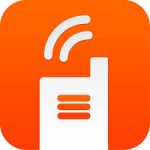PD Management and Delivery Cycle: 25 Tools
To evaluate PD Systems, we created a framework to capture the ways that professional learning is supported at the district level. It has five categories: Recruit and Retain, Manage, Teach, Instructional Support and Evaluate. These categories form a cycle that districts are constantly operating and maintaining. Teachers can be at many different stages within this cycle and sometimes are within multiple stages at one time. Some districts might choose one product to support the entire cycle, while others may choose a combination of products to support various professional learning needs. As districts look to technology to improve efficiency and increase capacity, our hope is that they will be able to find the right tools for the right purpose, whether it is a technology tool or not.

Each product falls into one or more parts of this cycle. The tables below are designed to help school leaders find the right products to provide the best support for teachers, while also illustrating how different products could be combined to cover a complete cycle of learning management and delivery.
Recruit and Retain
These systems support recruiting, hiring, tracking and managing qualifications or compensation, and most importantly, figuring out ways to build capacity amongst the staff districts already have. Often times, these systems are paired with Evaluation tools to help track and evaluate performance.




Manage
These systems are the heartbeat of the professional learning world. They help manage content and learning plans. These systems enable districts to manage and track enrollment, create courses, and track credits and activities. For teachers, these systems empower them to assess needs, set goals, create learning plans and find the right resources to meet their needs. Often times, they are paired with Delivery tools or Evaluation tools that can help guide which content a teacher should use next.







Teach
These are systems that fall into our original PD Learning Cycle: Engage, Teach, Instructional Support, and Measure. They support learning directly and go beyond curated content libraries. These systems deliver courses, provide teachers with social engagement tools, and coaching or mentoring tools.







Instructional Support
Instructional Support systems combine professional learning with tools that support teachers, immediate needs in the classroom, specifically around lesson planning and assessment data. These systems scaffold their work so that learning moments can be included. They are generally associated with Delivery tools.




Evaluate
While often associated with Manage or Recruit & Retain tools, Evaluate tools are used to support the process of evaluating or measuring a teacher’s practice. They support the observation process and multi-measurement evaluations.


















































 Source:
Source:  Source:
Source:  Source:
Source:  Source:
Source:  Source:
Source:  Source:
Source:  Source:
Source:  Source:
Source:  Source:
Source:  Source:
Source:  Source:
Source: 
 Source:
Source:  Source:
Source:  Source:
Source:  Source:
Source:  Source:
Source:  Source:
Source:  Source:
Source:  Source:
Source:  Source:
Source:  Source:
Source:  Source:
Source:  Source:
Source:  Source:
Source:  Source:
Source:  Source:
Source:  Source:
Source: 
 Source:
Source:  Source:
Source: 














